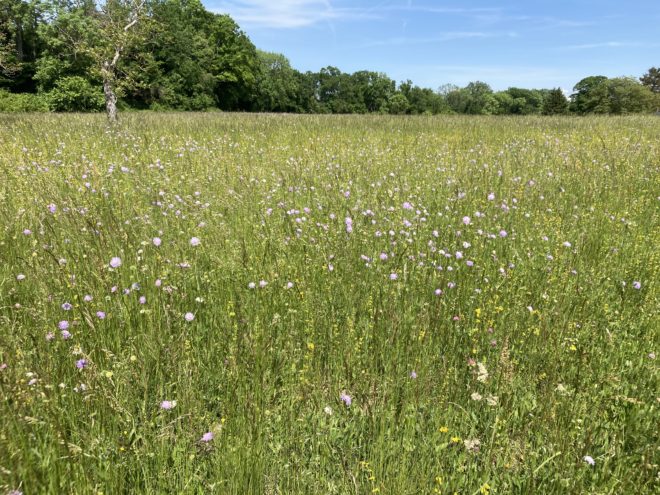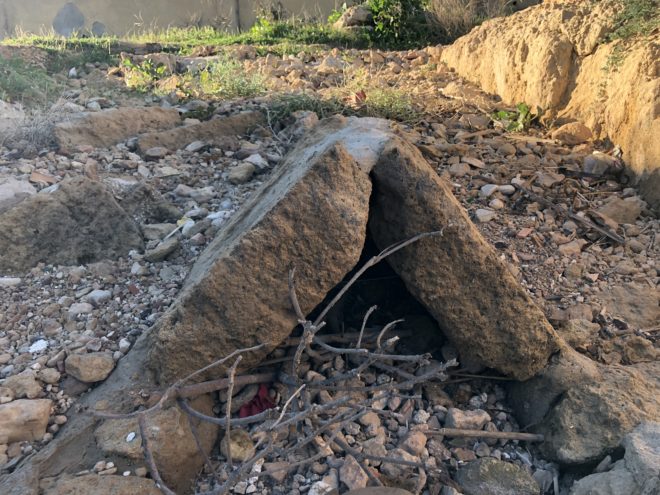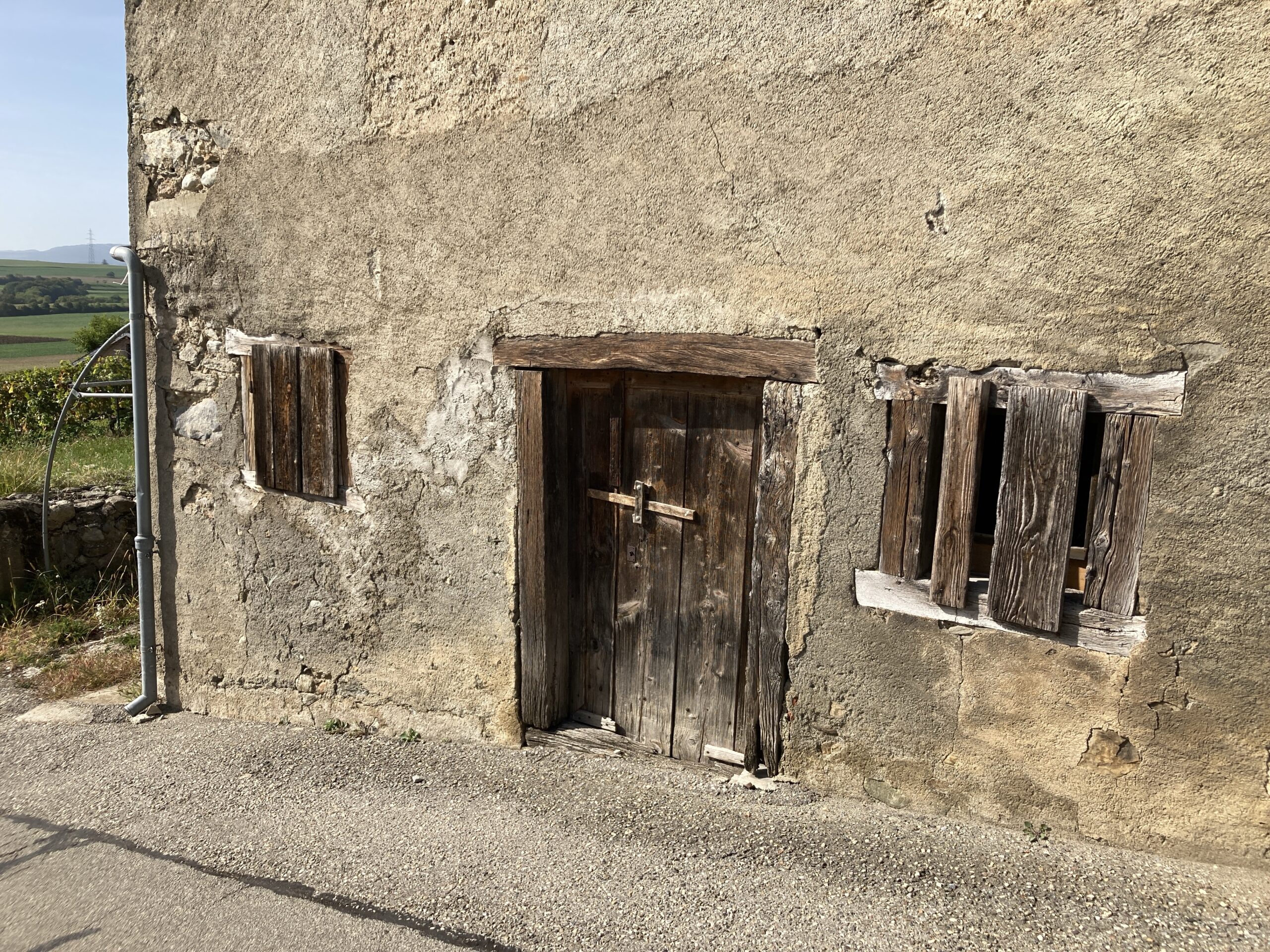Category: archeology
-
Version Control, Engineering and Rocket Engines
Reading Time: < 1 minuteEvery Rocketdyne engine was fine tuned and perfected by hand, from plans, that were modified but not updated. This means that each engine was unique. It would take trial and error to build them again. With GIT and other forms of version control the entire process could theoretically have been logged…
-
Perm 36 YouTube Video Visit
Reading Time: < 1 minuteLast night I watched a video about a visit to Perm36 but it covered just the trip. The video below is far more complete and informative. I am currently reading Gulag by Anne Applebaum, rather than The Gulag Archipelago, like she mentions. I started reading it decades ago but never finished…
-

The Horror of Herculaneum
Reading Time: < 1 minuteYears ago I walked around Herculaneum and was impressed by how well preserved it was. I could see wood, plaster and more. You could see how the rooms looked. It is much smaller than Pompei but it is still worth visiting
-
The Pont Flavien near Toulouse
Reading Time: < 1 minuteNot too far from Aix en Provence you can find a Roman bridge with two arches under which to pass as you cross. I expect that the stones from others were quarried and so this is the last surviving example. If we check the sources we might find mentions of more.…
-
The Marble Quarries of Carrara
Reading Time: < 1 minuteThere is a rock quarry where we can climb not too far away. The rock is different so easier to climb. I don’t think climbing on marble would be a good climbing experience. What is interesting about this image is the scale of the quarry. This is Luna Marble. The huge…
-

A 2000 Year old Greek Mosaic in Turkey
Reading Time: < 1 minuteI like archeological twitter because it shows us curiousities every day of the week, several times a day. I like the image of the mosaic below because you see that it was quite deep, and hidden. Imagine digging down and coming across such a sight and site. More info
